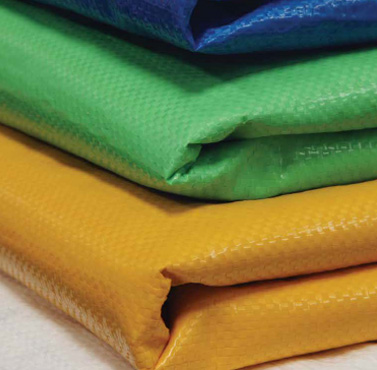Polypropylene
Polypropylene (PP) is a thermoplastic "expansion polymer" produced using the combination of polypropylene in pakistan monomers. It is utilized in an assortment of applications to incorporate packaging for consumer products, plastic parts for various enterprises including the automotive business, unique devices like living hinges, and textiles. Polypropylene was first polymerized in 1951 by a couple of Phillips petroleum scientists named Paul Hogan and Robert Banks and later by Italian and German scientists Natta and Rehn. It ended up extremely fast, as commercial product started scarcely three years after Italian chemist, Professor Giulio Natta, first polymerized it. Natta perfected and combined the main polypropylene gum in Spain in 1954, and the capacity of polypropylene to crystallize made a considerable measure of excitement. Today it is a standout amongst the most commonly produced plastics on the world.
Materials reasonable for a substantially wider range of applications can be made by compounding Polypropylene with, for instance, fillers and pigments, and elastomers. Polypropylene has striking properties, making it reasonable to replace glass, metals, cartons and different polymers.
These properties include:
- low density (weight saving)
- high stiffness
- heat resistance
- chemical inertness
- steam barrier properties (food
protection)
- good transparency
- good impact/rigidity balance
- stretch ability (film and fiber
applications)
- good hinge property (for example
where a lid and box are made together, for DVD boxes)
- high gloss (appearance)
- easy to weld (design)
- recyclability
Polypropylene (PP)
is utilized in a wide variety of applications. An addition polymer produced
using the monomer propylene, it tends to be delivered in a variety of
structures offering rise to applications including packaging and labeling,
textiles, plastic parts and reusable holders of different types, research
laboratory, medical devices, and automotive.
Chemical Resistance: Diluted bases and acids don't respond
promptly with polypropylene, which settles on it a decent decision for
containers of such fluids, for example, cleaning agents, first-aid products,
and the sky is the limit from there.
Elasticity and Toughness: Polypropylene will act with elasticity over
a specific scope of deflection (like all materials), however it will likewise
experience plastic twisting early on in the deformation procedure, so it is for
the most part considered a "tough" material. Toughness is a building
term which is characterized as a material's capacity to deform (plastically,
not elastically) without breaking.
Fatigue Resistance: Polypropylene holds its shape after a considerable
measure of torsions, twisting, and flexing. This property is particularly
important for making living hinges.
Insulation: polypropylene has a high protection from
electricity and is extremely helpful for electronic segments.
Transmissivity: Although Polypropylene can be made clear, it
is typically created to be ordinarily hazy in color. Polypropylene can be
utilized for applications where some transfer of light is essential or where it
is of aesthetic esteem. In the event that high transmissivity is desired then
plastics like Acrylic or Polycarbonate are better decisions.
No comments:
Post a Comment